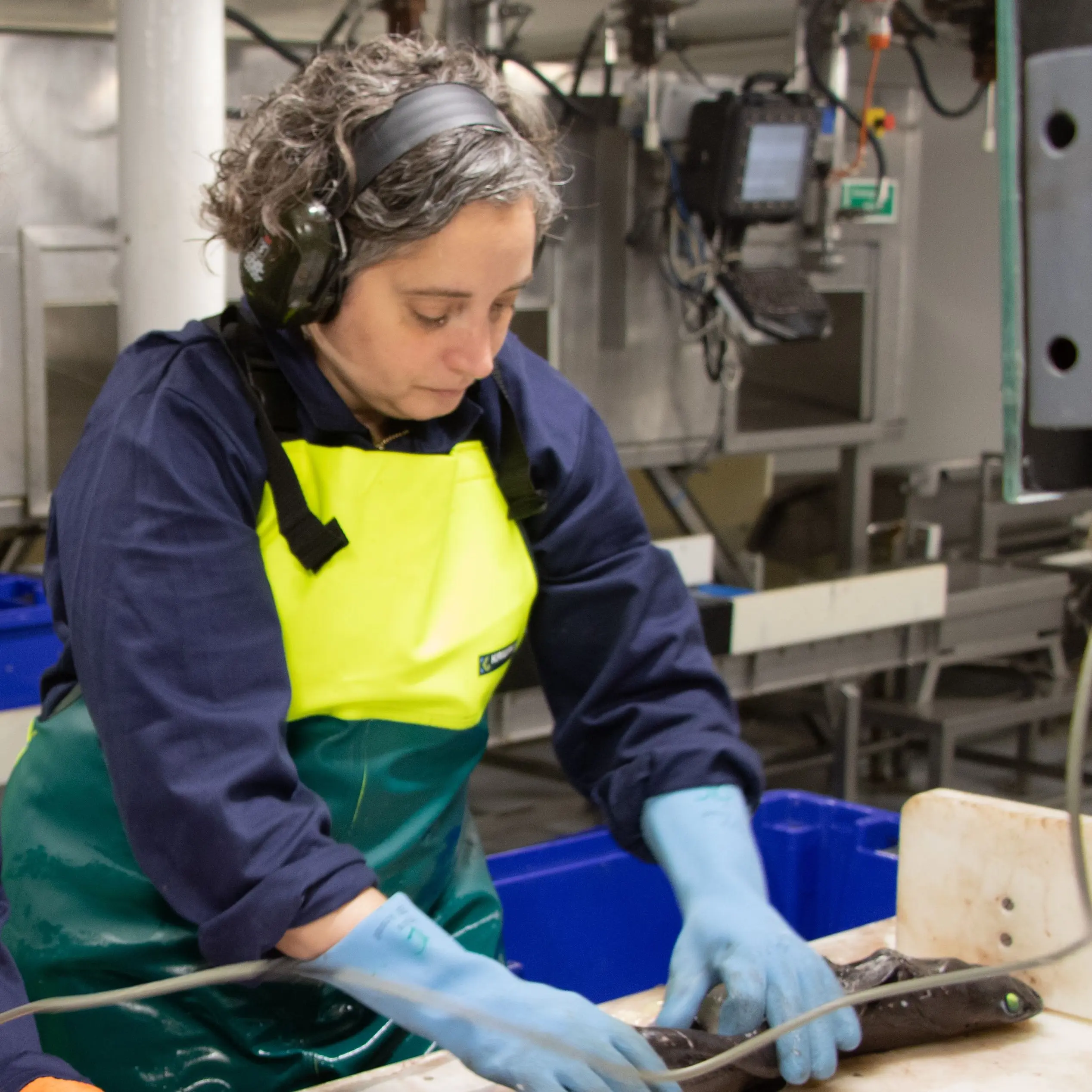Jennifer Devine
Position: Fisheries scientist
On my first sea trip I was at St John’s, Newfoundland. As we left the harbor, we had a malfunction with the engines and the engines died. St. John’s has a narrow harbour that leads to the open ocean. South of us there was a peninsula that sticks out with a lighthouse; that is the eastern-most point in North America. It was really rough and windy, and we were drifting towards the peninsula. I’d taken Dramamine and went to sleep in the net hold on the nets. When I woke up and came upstairs, we were 10 minutes from running aground on the peninsula. We were on a coastguard vessel with two other coastguard vessels trying to tow us away from the rocks. Then miraculously the engines started going! This was in June when the icebergs were coming in. Since the engines were going, we continued with the survey, but the engines died several more times during the survey, including once, when we were left in the dark with no signal, lights or electricity. We also had a fire, a flood, and nearly ran aground a second time while surveying herring in a narrow inlet. And that’s how I fell in love with going to sea!
I’ve been working at NIWA for 8 months this time round! I’ve been working in the Institute of Marine Research and University of Bergen in Norway for the last 10 years, but before that I was also at NIWA for 3 years. As a fisheries scientist I count fish (conduct fisheries assessments), used to run bottom trawl and acoustic surveys, and work with various aspects of the biology of fish.
My favourite thing about the job is the fish! They are amazing!!! I never got to go anywhere cool on voyages, like Antarctica – but I have worked in the North Sea, off New Zealand, and off Newfoundland and Labrador. For those who wish to pursue a career in Marine science don’t be afraid of maths and stats and try everything! For the women out there find some strong women to work with as they will help you navigate in a (still) male dominated field!

Above: Hiromi and Jennifer examine a shark.


